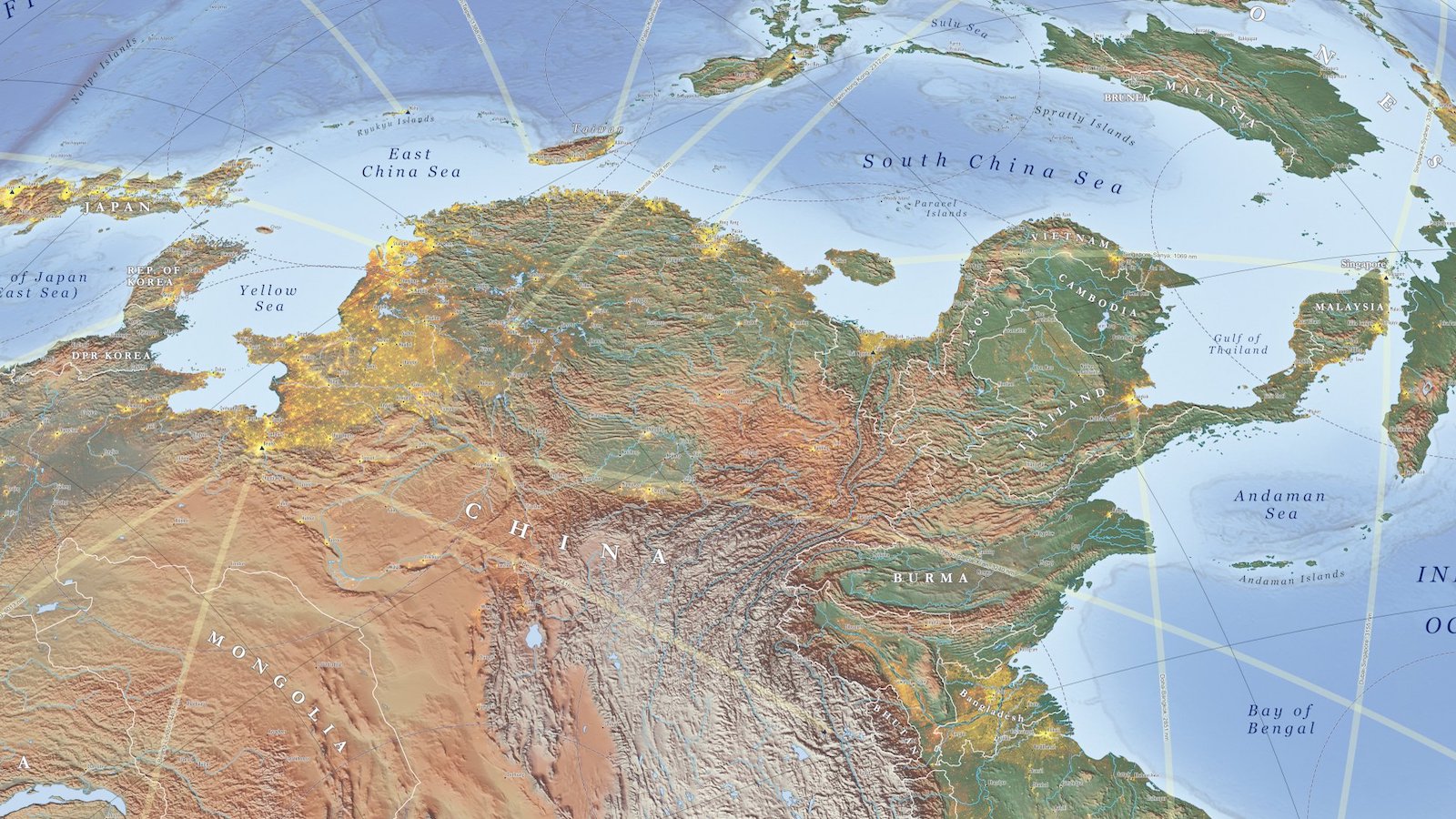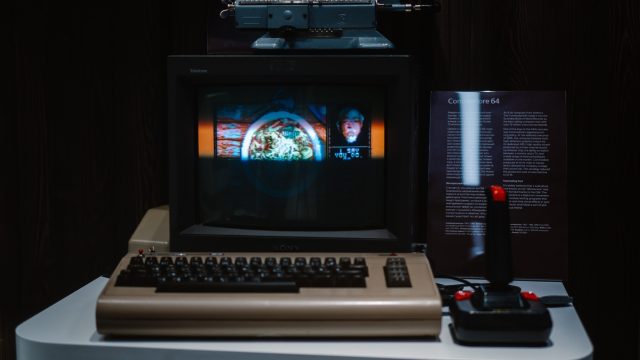Why this Japanese seafood dish outrages both Koreas
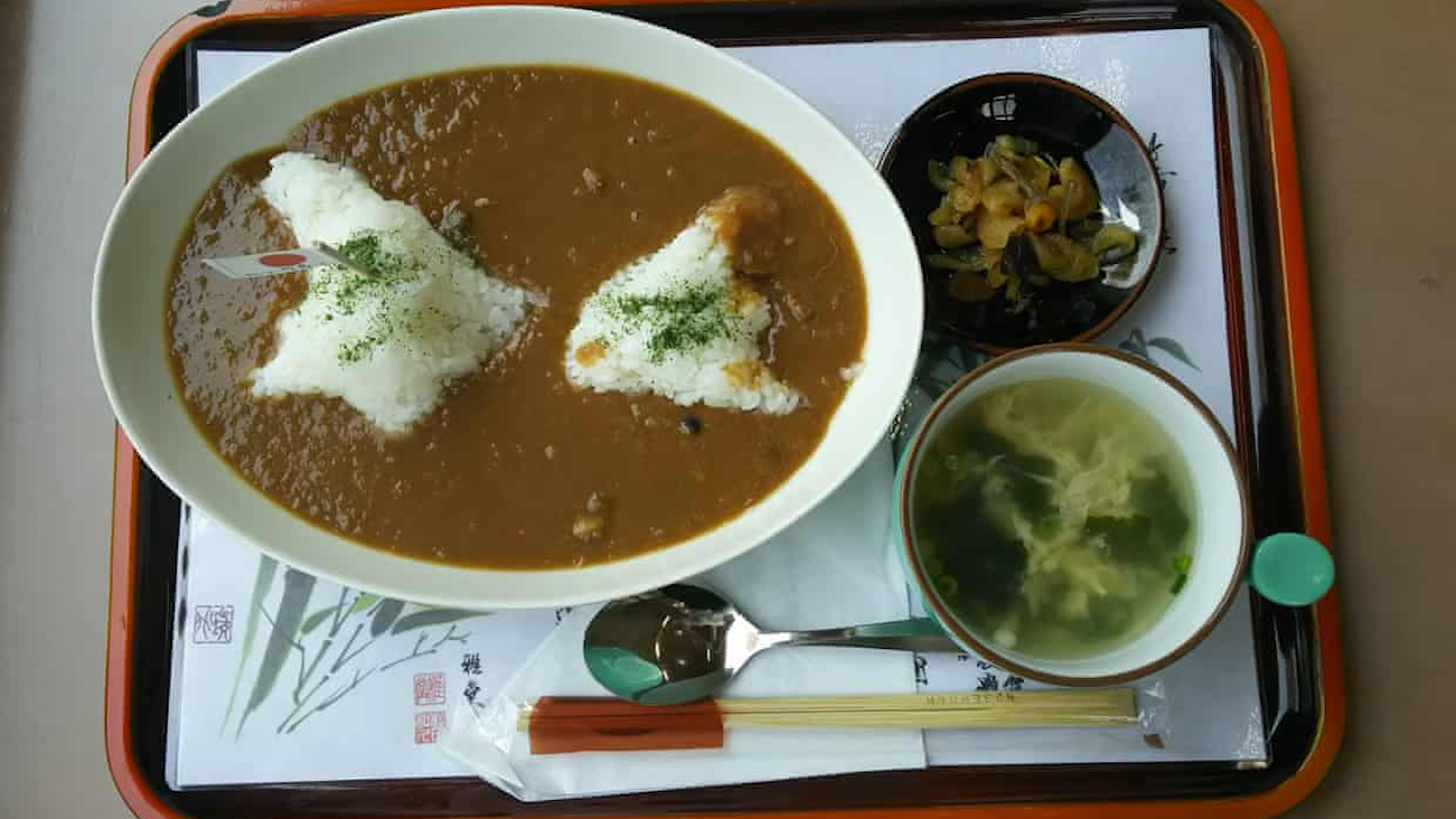
- A Japanese restaurant has put a provocative seafood dish on the menu.
- Shaped like a disputed archipelago, it has angered both North and South Korea.
- The territory is tiny, but the conflict hides a deeper rift between Japan and Korea.
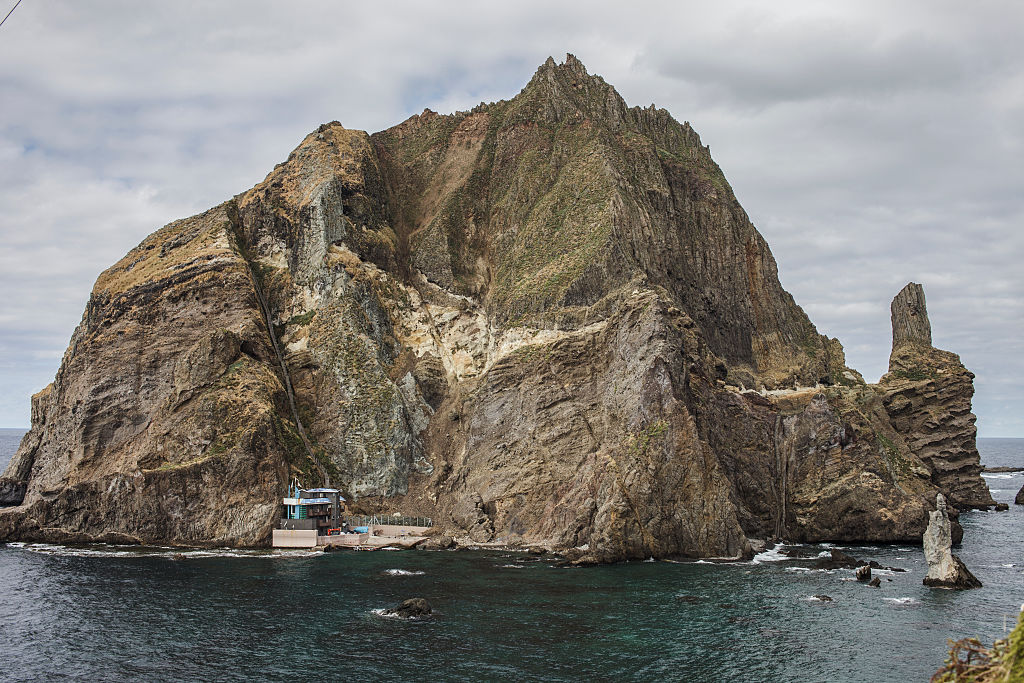
Could a restaurant start a war? There is one eatery on the Japanese island of Okinoshima that seems to be trying really hard. On the menu: a seafood curry dish that features two mounds of rice shaped like a nearby archipelago. Finishing touch: a Japanese flag planted on one of the rice mounds.
Outrage, with a side of pickles and soup
The island group, Dokdo (“Solitary Island”) in Korean and Takeshima (“Bamboo Island”) in Japanese, has been administered by South Korea since 1952. Korea bases its claims on historical sources that go back as far as the 6th century AD. But those are disputed by Japan, which says the islands are Japanese.
So, predictably, Koreans are outraged by the culinary provocation (which comes with side orders of pickles and soup). The anger is boiling over in both North and South, by the way. For if there is one thing that unites both halves of the divided peninsula, it is the conviction that the tiny islands are historically, unequivocally Korean.
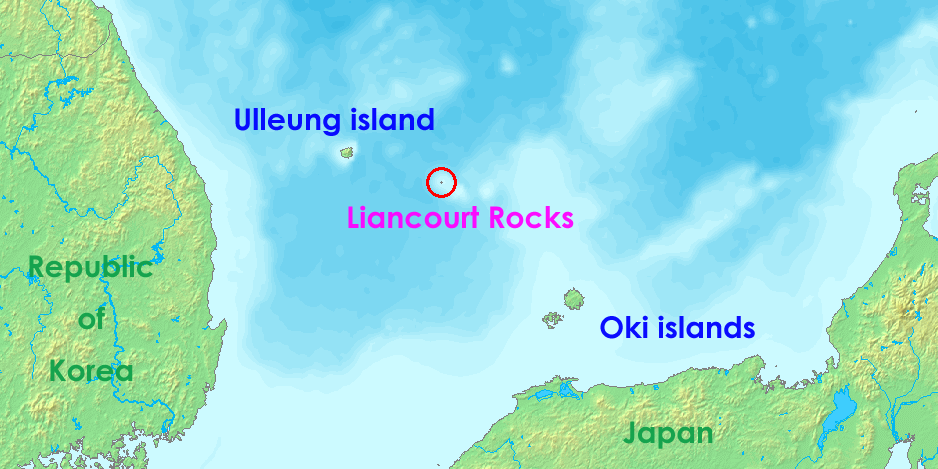
South Korean newspaper Dong-A-Ilbo called the rice islands floating on a sea of curry a “typical cheap trick” by the Japanese to bolster their claims to the islands. For its part, North Korean website Uriminzokkiri warned the dish revealed “Japan’s ambitions to capture the islands.”
The islands are located almost exactly equidistant between South Korea and Japan, in the body of water that is mostly called the Sea of Japan, but which Koreans insist on calling the East Sea — another bone of contention between both neighbors.
A solitary civilian resident
Outside Japan and Korea, the disputed islands — two main islets and 35 smaller rocks, all adding up to just 46 acres — are often called the Liancourt Rocks (after the French whaling ship that was almost shipwrecked there in 1849) to avoid naming the territory by either its Japanese or Korean name, which is tantamount to picking sides.
The tiny islands are volcanic in origin, subject to harsh weather and almost entirely treeless. They have been uninhabited for most of history. Most current residents are temporary and “institutional”: South Korean Coast Guard, police, and lighthouse staff. By the latest accounts, the islands are the permanent residence of exactly one civilian, named 81-year-old Kim Sin-yeol.
The presence of South Korean personnel (and that solitary civilian) on the islands serves to maintain the country’s control over the islands and its claim of sovereignty over the rocks. This also means control over the surrounding fishing grounds and access to potentially huge deposits of natural gas below the seabed.
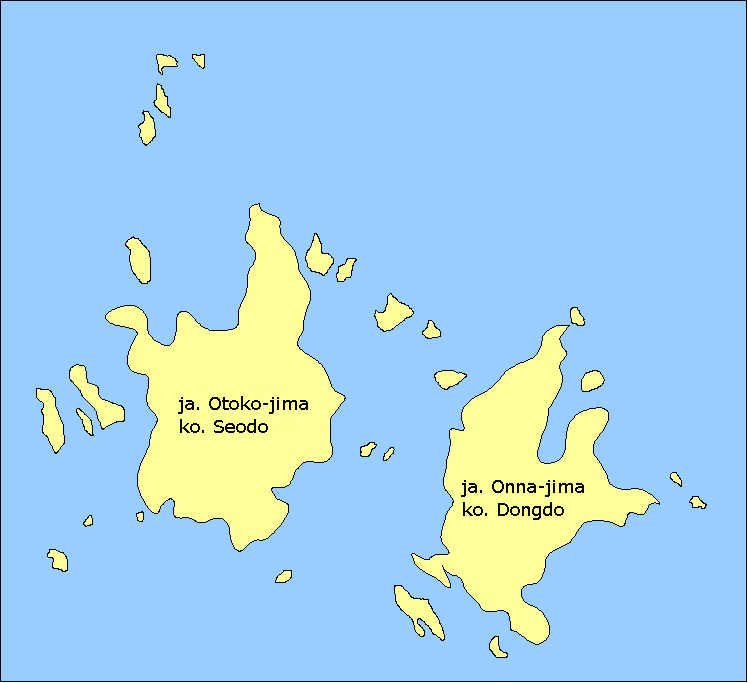
But that is not really the main issue here. The territorial dispute is the most material part of the long-standing friction between Korea and Japan, which derives from Japan’s former occupation of Korea. In play are Korean demands for apologies and compensation for past grievances, as well as Japan’s reluctance to provide either.
Shrimp for Trump and other provocations
The Liancourt Rocks are, literally as well as figuratively, where that conflict surfaces. Any provocation, no matter how small, is immediately inflated to a diplomatic spat. Some recent examples:
- At the 2012 Summer Olympics in London, South Korea won bronze in soccer by defeating Japan 2-0. South Korean midfielder Jong-woo Park was later stripped of his medal because he had held aloft a sign that read in Korean: “Dokdo is our territory.” His medal was eventually returned.
- As part of its election campaign in 2012, the Japanese political party LDP pledged to hold an annual “Takeshima Day,” focusing on the country’s claim on the disputed islands.
- At a state banquet in 2017, South Korea served visiting U.S. President Donald Trump a dish prepared with shrimp caught in the islands’ territorial waters, angering the Japanese.
- In 2017, the Japanese government demanded that South Korea remove the disputed islands from an official country map for the 2018 Winter Olympics to be held in the South Korean city of Pyeongchang.
- In early 2021, the Voluntary Agency Network of Korea (VANK), an NGO focused on foreign news and information sources to correct “wrong data” on Korea, requested the CIA World Factbook use the Korean-preferred term of Dokdo instead of Liancourt Rocks.
- In May 2021, South Korean politicians called for a boycott of the Tokyo Olympics because an official map for the Olympic torch relay showed the disputed islands as part of Japan.
Perhaps the Japanese restaurant — which remains curiously nameless in all reports of the incident — is responding in kind to South Korea’s 2017 shrimp-based provocation. If that is the case, it’s now up to the Koreans to come up with an even more elaborate seafood dish to bolster their claims. War-by-menu: there are worse ways to fight over disputed territory.
For more on this topic, see also the article in The Guardian.
Strange Maps #1111
Got a strange map? Let me know at strangemaps@gmail.com.
Follow Strange Maps on Twitter and Facebook.



